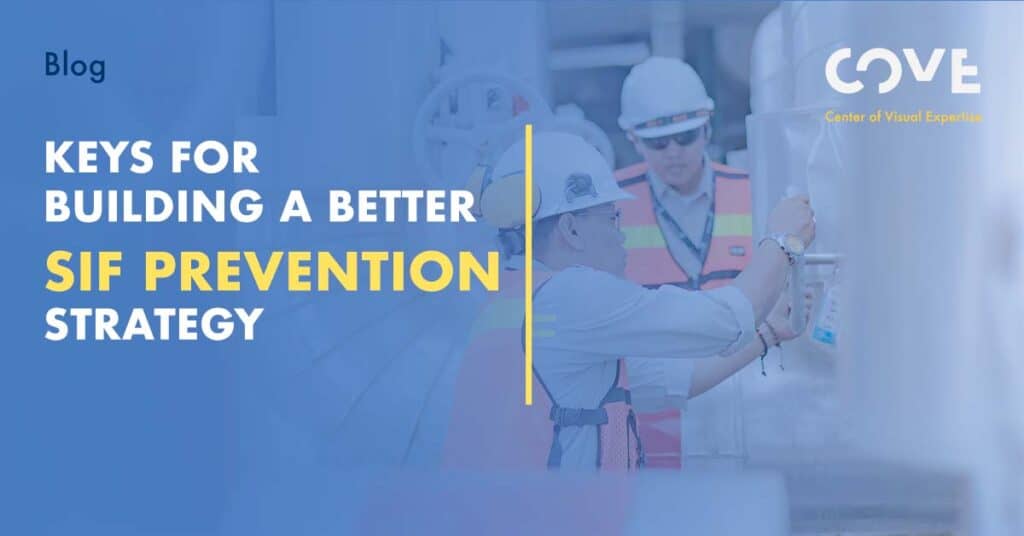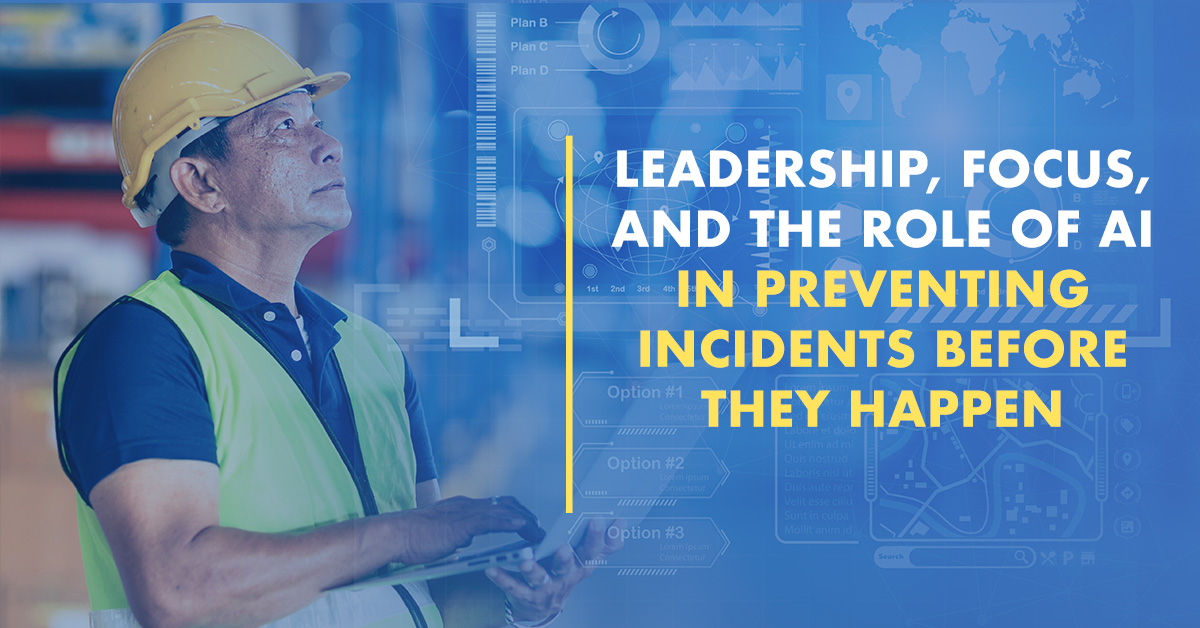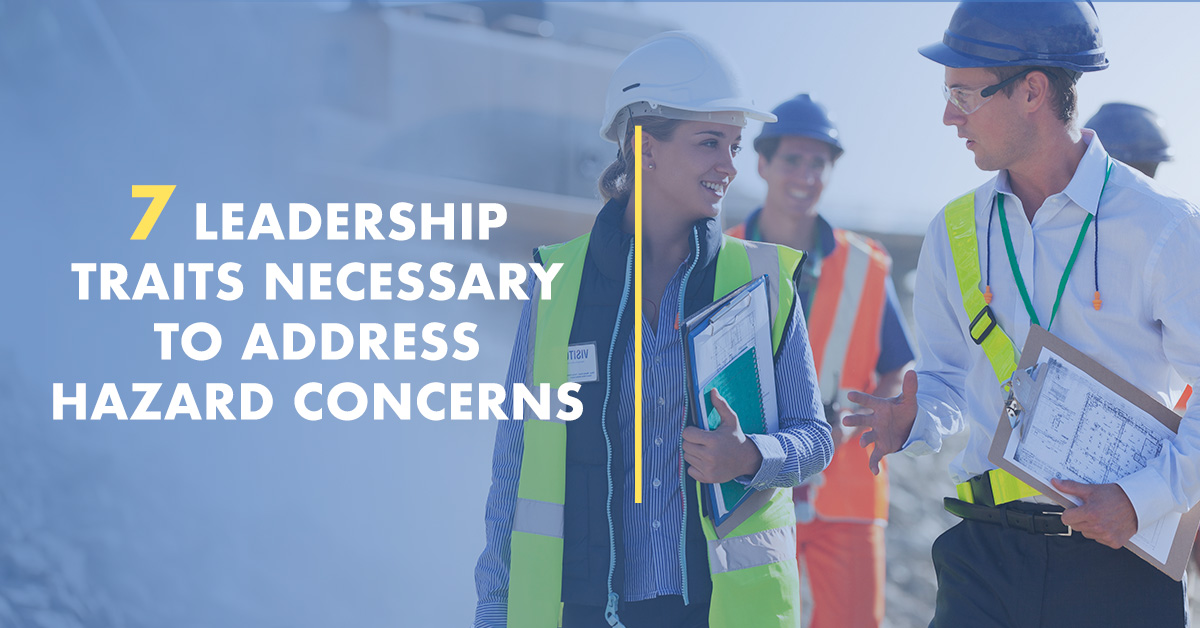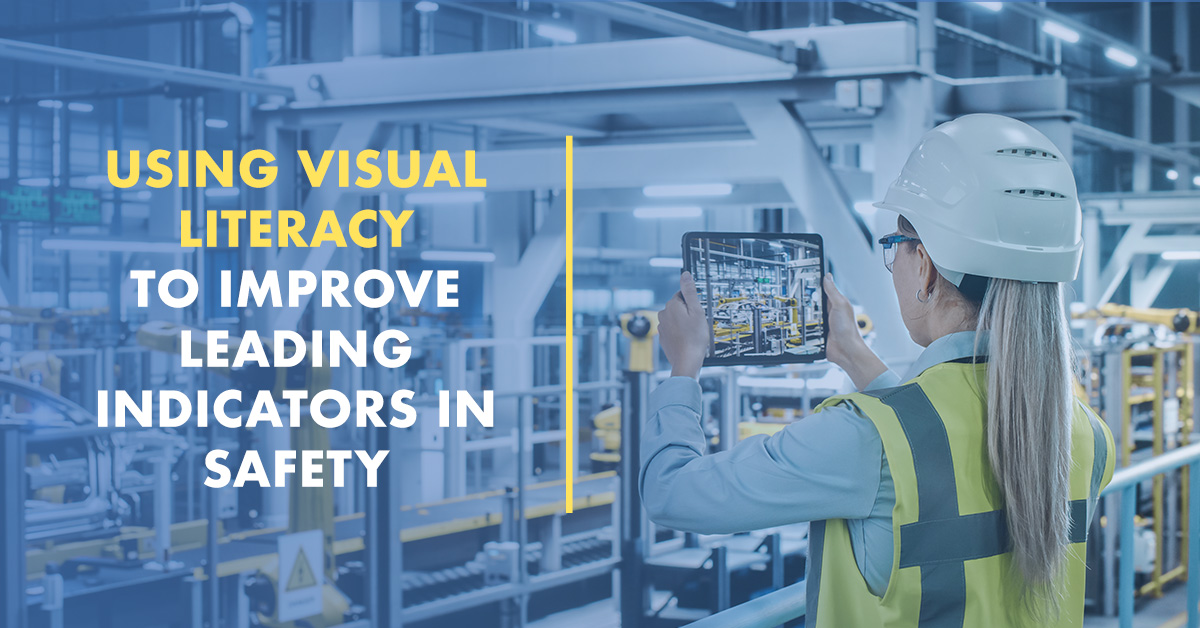There has been a shift in the last decade or so in approach to Serious Injury and Fatality (SIF) prevention. Instead of working to eliminate such incidents with traditional prevention strategies, many organizations have started focusing more on hazards and incidents with SIF potential. But while many organizations have evolved their mindset in this regard, there is no universal approach in how to prevent SIFs, leaving many organizations without a roadmap for effective execution and outcomes. To set the right course, the leaders of these organizations must collaborate with their workers to develop a sound strategy that works for their own organization. How do they know where to start? This article shares a few keys for building a better SIF prevention strategy, one that addresses the underlying causes of SIFs and works to provide global training around SIF prevention.
How to Build a Better SIF Prevention Strategy
Being proactive and using preventive measures and metrics are at the heart of reducing SIFs. Here are four keys to elevate your SIF prevention strategy:
Consider SIF potential in near misses and minor injuries.
In order to more effectively prevent SIFs, many organizations have realized they cannot rely solely on traditional methodologies and thinking, such as those suggested by Heinrich’s safety triangle. Additionally, they must focus more on the activities and incidents that have the potential to result in SIF consequences.
While there is no accepted definition for SIF potential, organizations can agree that an event has SIF potential if the situation could reasonably have resulted in SIF consequences if not for one contributing factor. This one factor could be a control that was not in place, the location of a person or piece of equipment, the time of day or even weather conditions. An event can also have high SIF potential if it ranks high in a risk matrix scored on potential severity and probability. An example of a risk matrix can be found on page six of the Campbell Institute’s SIF Prevention: Perspectives and Practices white paper.
By concentrating efforts on understanding and reducing SIF potential, organizations are focusing on preventing these SIF incidents before they occur. These efforts are also what provides organizations the leading indicator data necessary for taking proactive steps. We’ll cover leading indicators later in this article.
Focus on precursors.
According to the Campbell Institute, a SIF precursor generally has three key aspects: it is a higher-risk situation where management controls are absent, ineffective, or not complied with, and can result in a serious injury or fatality if allowed to continue.
For example, working on power lines in the utility industry is inherently higher-risk because it takes place at height around high voltage lines. The situation itself is not necessarily a precursor, but it may involve SIF precursors if a worker is not using or is not provided the appropriate PPE, or if the training on how to properly operate the lift has lapsed. These breakdowns could result in a serious injury or fatality over time.
Precursors can vary between organizations or sites, but they can exist in even the most common work tasks and situations, including:
- Working with electricity and energized equipment
- Confined space entry
- Driving a vehicle
- Working with barriers, machine guarding
- Areas with arc-flash potential
Knowing these precursors enables targeted hazard identification, yet many organizations continue to struggle with their understanding. Therefore, new approaches to hazard identification and observation techniques should be used. Visual Literacy offers new approaches by training workers how to more effectively see hazards and unsafe conditions. With Visual Literacy, we can truly see and interpret SIF precursors with more depth, breadth, clarity and with less bias.
Download our white paper on New Findings on Serious Injuries and Fatalities to learn more about how Visual Literacy aids in identifying SIF precursors.
Expand your data sources to include leading indicators.
Data collection is more than just simply gathering numbers. To be more effective at data collection, tracking and analysis, organizations need to shift from examining solely what has already happened, i.e., lagging indicators such as lost-time incidents and injury and illness rates to focusing more on processes and activities that are more predictive in nature, i.e., leading indicators – especially those associated with higher risk potential and involve circumstances that could lead to SIFs.
According to the National Safety Council, leading indicators are defined as “proactive, preventive, and predictive measures that monitor and provide current information about the effective performance, activities, and processes of an EHS management system. This data drives the identification and elimination or control of risks in the workplace that can cause incidents and injuries.”
There are numerous leading indicators that can be collected, but here are a few divided into three categories:
- Observation-based (behaviors/environment) – safe observations, at-risk observations and participation levels
- Operations-based (organizational infrastructure) – risk assessments, training efforts, preventive maintenance
- Systems-based (management of safety systems) – management commitment efforts, psychosocial aspects, culture and design
Provide training on SIF exposure and prevention.
To be the most proactive in SIF prevention, it starts with education across the organization, which includes awareness initiatives, leadership coaching and worker training. Global education efforts explain the value of assessing potential risk, the need to report all incidents and near misses, no matter the actual outcomes and the roles and responsibilities of each person to support incident prevention.
Organizations should also consider integrating Visual Literacy training into their SIF prevention strategy for a multitude of reasons, including:
1
Visual Literacy advances hazard identification processes by improving critical thinking skills, building a culture of engagement and facilitating organizational learning.
2
It helps develop an awareness of and understanding of bias, which often inhibits judgement and impacts decision-making at the most critical times.
3
It boosts skills to see, interpret and act, which benefits incident investigations and in the identification of precursors and what to do with the information once those precursors are identified.
4
Its integration into programs, practices and systems such as safety audits, job observations and near-miss investigations, to name a few, has led to making these even more successful.
A Path Forward
While there is no universal approach to SIF prevention, many organizations have implemented initiatives to prevent the most serious and tragic of incidents from occurring, which is the ultimate goal. Organizations that may need additional guidance in SIF prevention or those that are interested in advancing their process can look to the Campbell Institute for resources and to see what their peers are practicing in SIF prevention. Additionally, they can expand their training curriculum to include Visual Literacy. Teaching workers to be more visually literate, including being more observant and analytical, can be a key element in mitigating SIFs.
Interested in learning more about Visual Literacy and the training options available to your organization? Contact us.
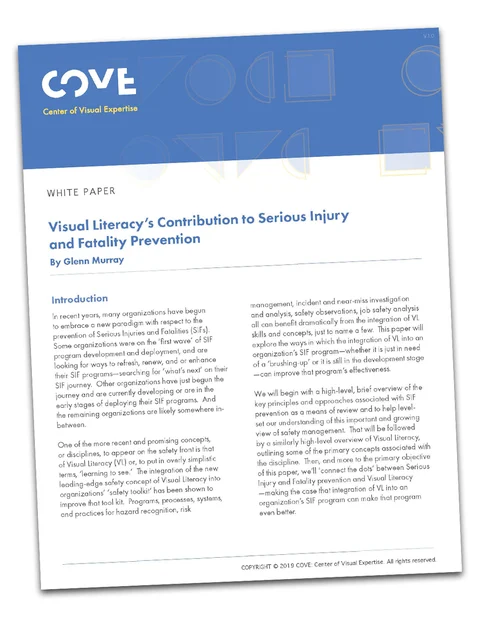
Download the white paper “Visual Literacy’s Contribution To Serious Injury And Fatality Prevention ” and learn how Visual Literacy can be integrated into SIF prevention strategies for better outcomes.
